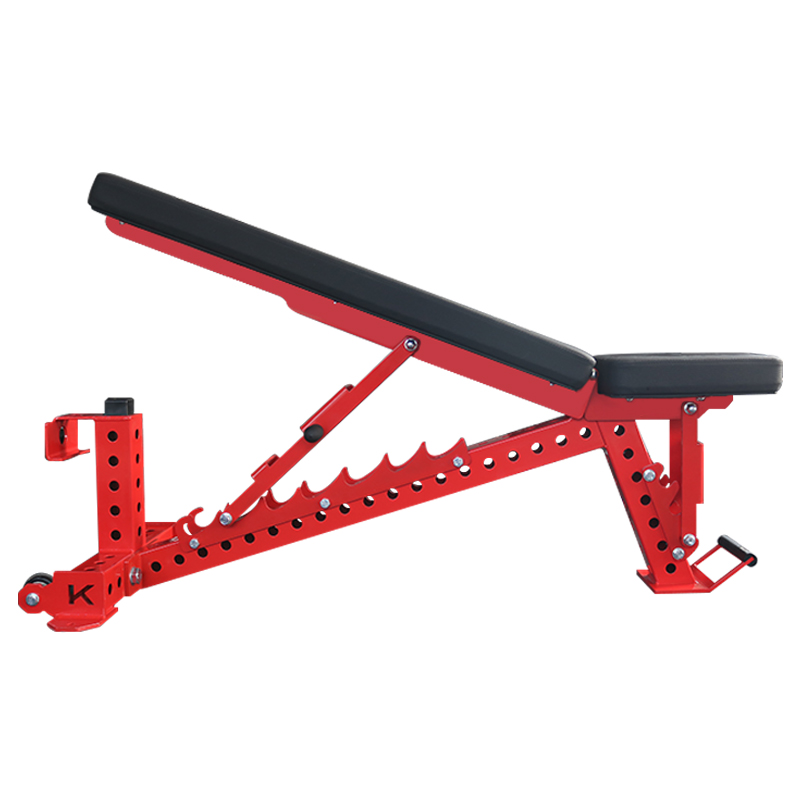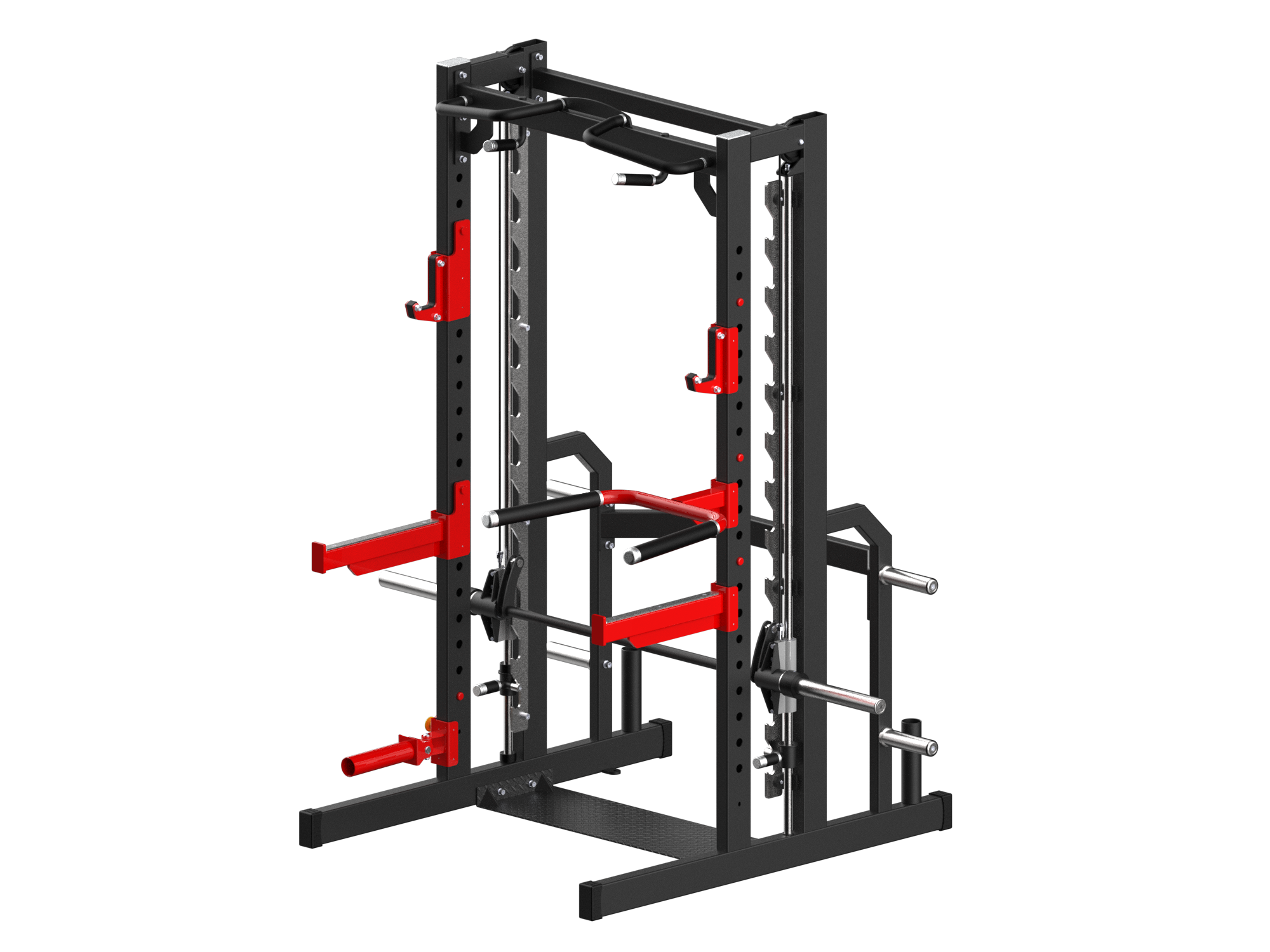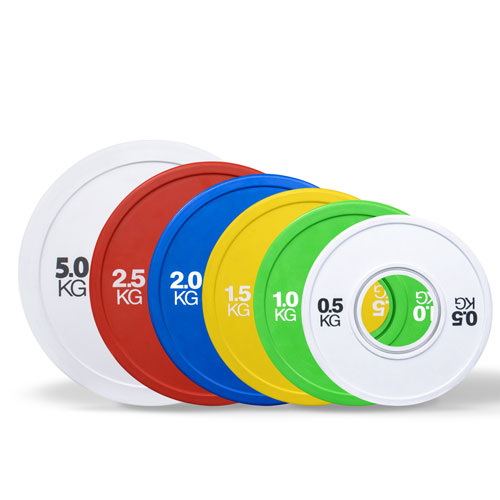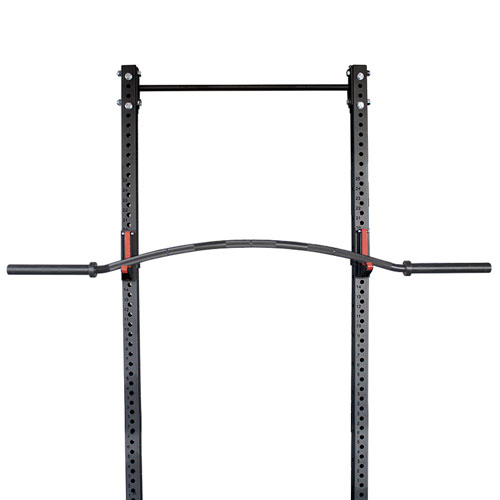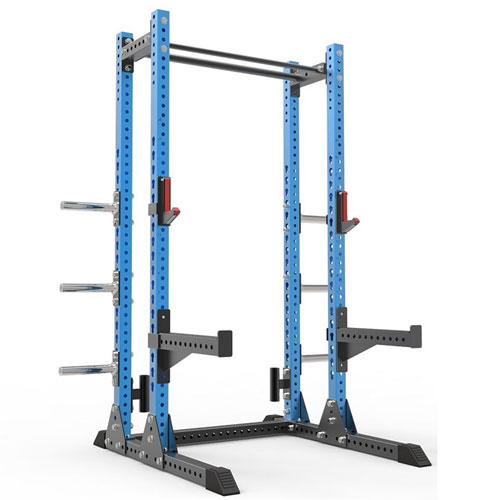5 cviků pro zlepšení držení těla a snížení bolesti
Lidé jsou stvořeni k pohybu. Jsme předurčeni k tomu, abychom stáli rovně. Máme chodit se vztyčenou hlavou.
Ale někde na této evoluční pouti před nás někdo položil počítač na stůl a dal nám do ruky telefon. A my jsme začali trávit hodiny shrbení. Naše brady, kdysi v dostatečné vzdálenosti od krku, se začaly naklánět dovnitř. Naše ramena se shrbila, naše chůze se zkřížila.
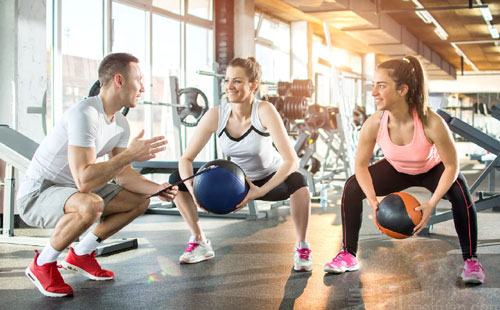
Když se naše hlava, která váží asi 10 kg, předkloní, zvýší se tlak na páteř až o 60 kg. Není divu, že se mnozí z nás potýkají s úbytkem svalové hmoty, špatným držením těla a zvýšeným rizikem zranění. Fyziologové výsledný stav nazývají syndrom zkřížené horní a dolní části hlavy.
Hodiny Orangetheory Fitness vám samozřejmě mohou pomoci tyto i spoustu dalších nepříjemností moderní doby kompenzovat. Klíčem k úspěchu je přenést energii z těchto 60 minut do zbytku života.
To znamená, že pohyb je prioritou během celého dne, stejně jako plánování zdravých jídel a trávení času s blízkými. Pokud tak učiníte, budete se cítit lépe a budete mít více energie na každodenní úkoly.
Aaron Santiso, fyzioterapeut a člen lékařského poradního sboru společnosti Orangetheory, nabízí tyto protahovací postupy, které nám pomohou udržet se silnými, vyrovnanými a vzpřímenými po celý den. Některá protažení, která doporučuje, jsou tak snadná, že si možná říkáte: "Jak to může pomoci?". Důvěřujte vědě. Pomáhá.
The name: Upper trapezius stretch
The target: The muscles in your upper back that help you raise your arms.
The reason: When you lift your arms, one shoulder may seem higher than the other. “Your body may be compensating during this movement pattern due to a muscular imbalance and weakness inside your shoulder,” Aaron says.
The method: Sit tall on a chair, grasping the edge of the seat with your right hand. Slowly bend your neck toward your left shoulder, using your left hand to direct your head. Be sure to keep your right shoulder pressed down. Stop when you feel a comfortable pull on the right side of your neck. Hold for 20 seconds; return to starting position and repeat on the left side. Aim for five stretches on each side, whenever you feel the need.
The name: Levator scapulae stretch
The target: If you know even pidgin Latin, you can translate this as raising the scapula — the shoulder blade, the bone that connects the upper arm and the collarbone.
The reason: Like the previous exercise, this helps keep your neck from taking over movements designed for your shoulders.
The method: Again, sit tall in a chair, holding onto the right side of the seat with your right hand. With your left hand on top of your head, tilt your chin toward your left armpit. Keep your posture straight, stopping when you feel a comfortable pull in the back of your neck. Repeat on the left side, holding each stretch for 20 seconds, for a total of five times on each side.
The name: Open-clam exercise
The target: This especially helps alleviate Upper Crossed Syndrome, which is discomfort in the neck, shoulders, chest, mid-back, elbows and wrists. It starts when we hunch over our computers and follows us into the gym, causing poor form and leading to more discomfort.
The reason: Who wants rounded shoulders, a collapsed chest, and a chin that juts out? Do this exercise two or three times a week to bring your center of gravity in line with your body.
The method: Lie on your side, knees bent at 90 degrees. Rest your head on one arm; with the other, hold your hip to keep from rolling your body. Lift your top knee an inch into the air, lower, and repeat. This targets the gluteus muscle, which helps stabilize knees, lower back and pelvis. Aim for four sets of 25 to 35 reps on each side, three or four times a week.
The name: Sideline external rotation
The target: Your shoulders and neck, so you can stand and sit tall without slouching.
The reason: Who wants bad posture? (We’re not seeing any hands being raised here!)
The method: Lie on the floor on your right side, supporting your head with your right hand or with a couple of pillows. With your left elbow at a 90-degree angle, hold a weight no heavier than five pounds in your right hand (any heavier and it could negatively affect your rotator cuff).
Pomalu zvedejte činku do výšky těsně nad lokty a udržujte úhel 90 stupňů, přičemž činka zůstává rovnoběžně s podlahou. Tento úkon proveďte 15 až 25krát; opakujte na druhou stranu. Tento cvik provádějte třikrát až čtyřikrát týdně.
The name: Hip flexor stretch
The target: The muscles basically responsible for lifting your legs and knees toward your body.
The reason: This counteracts the stiffness that develops when we sit too much, which the average American does for 13 hours a day. Sitting shortens these muscles and can bring about lower back pain, so stretching them is imperative.
The method: Start in a kneeling lunge position, right knee bent at a 90-degree angle over the ankle, left knee on the ground, weight evenly distributed to both legs. Draw in your navel. With hands on your hips, slowly move your body forward till you start to feel a stretch in your left leg.
Pro hlubší protažení zvedněte ruku na protahované straně a natočte tělo na tuto stranu. Vydržte 30 sekund a opakujte na druhou stranu. To je jedna série; proveďte další čtyři, přičemž stlačujte hýždě na každé protahované straně. Snažte se z toho udělat každodenní návyk.
Zde je několik dalších tipů, jak se hýbat (samozřejmě kromě cvičení v Orangetheory), i když pracujete za stolem a většinu dne sedíte. Přijdou vám užitečné? Podělte se o ně; koneckonců jsme v téhle pohybové záležitosti všichni společně.
1. Použijte toaletu v jiném patře.
2. Při čekání na ohřátí kávy dělejte kliky nebo tricepsové dipy.
3. Každých 30 minut vstaňte. Pak si sedněte. Pak se postavte do poloviny; vydržte 10 sekund a pak se postavte úplně. Znovu se posaďte. Pamatujte, že každý okamžik se sčítá.
4. Při sezení zvedněte obě nohy z podlahy. Vydržte 10 sekund, 15 nebo 30 sekund. Opakujte v průběhu celého dne.
5. Choďte co nejčastěji ven. I jen několik minut na čerstvém vzduchu může snížit váš krevní tlak a udělat zázraky s vaší náladou.
6. Mějte na stole míč. Jednou za čas si ho dejte mezi kotníky. Narovnejte nohy, několik sekund vydržte a pak je pokrčte.
7. Hydratace. Nikdy se neobejděte bez láhve s vodou. Naplňte ji na jiném patře a udělejte dva kroky po sobě.

